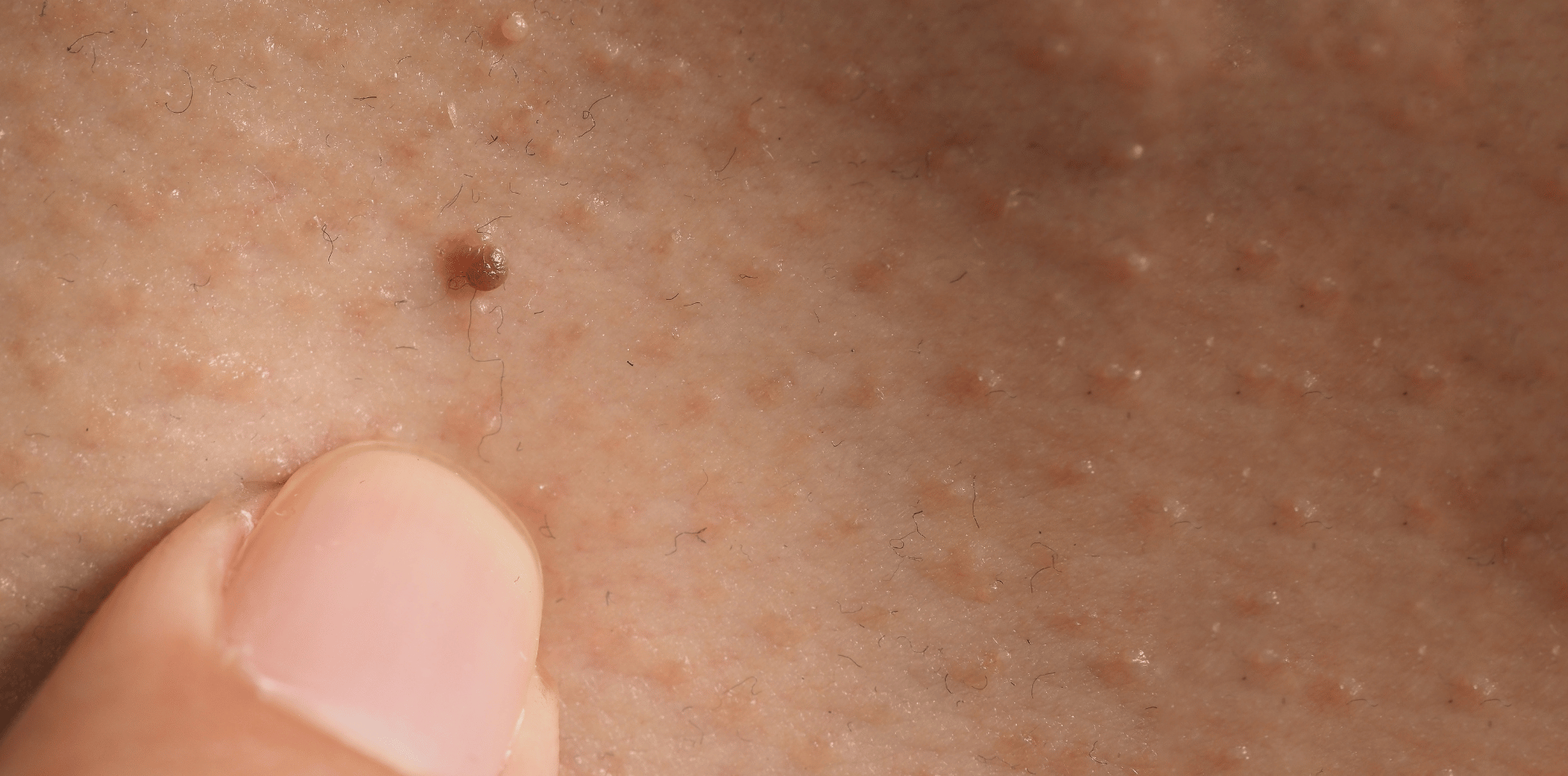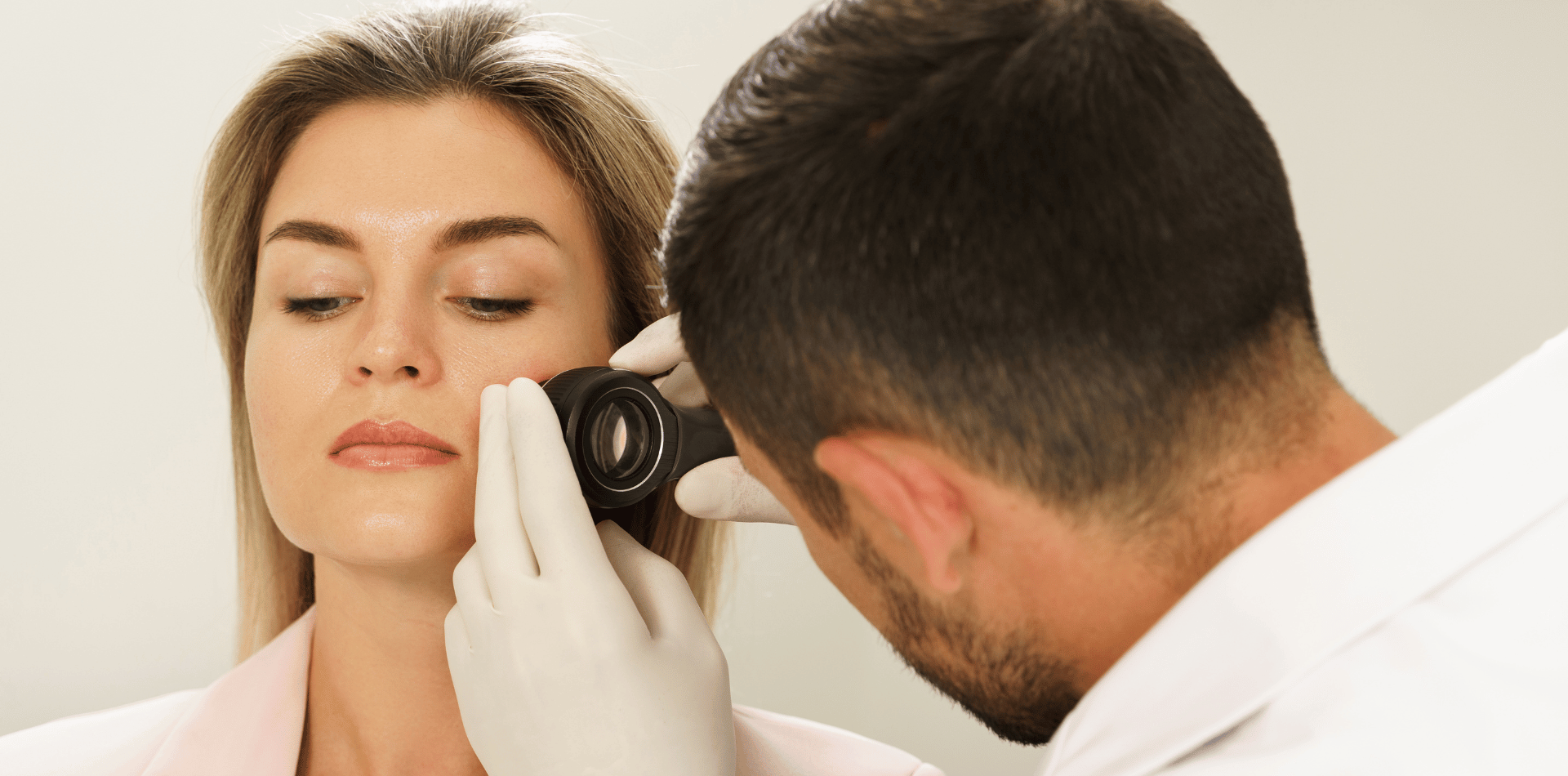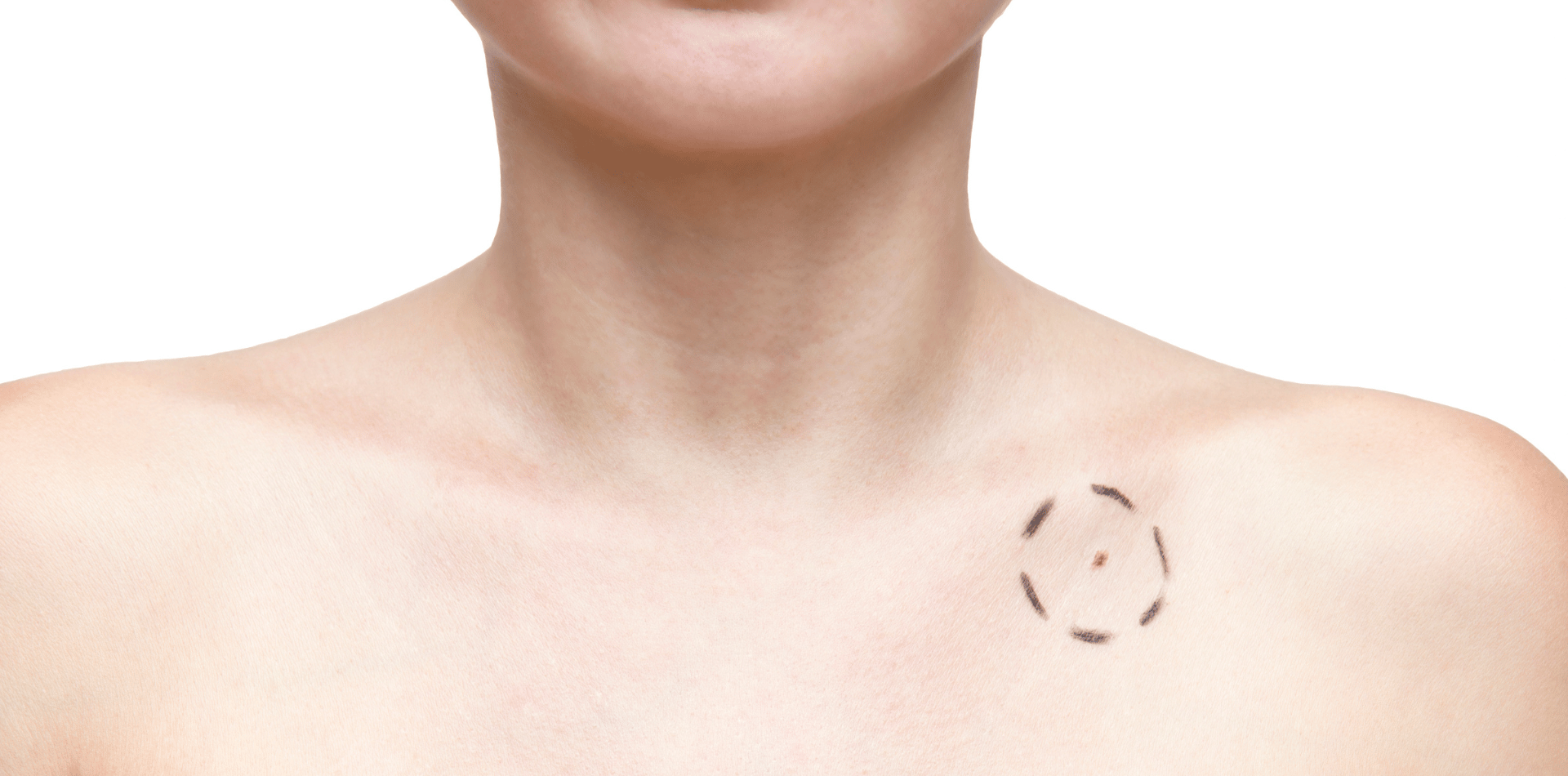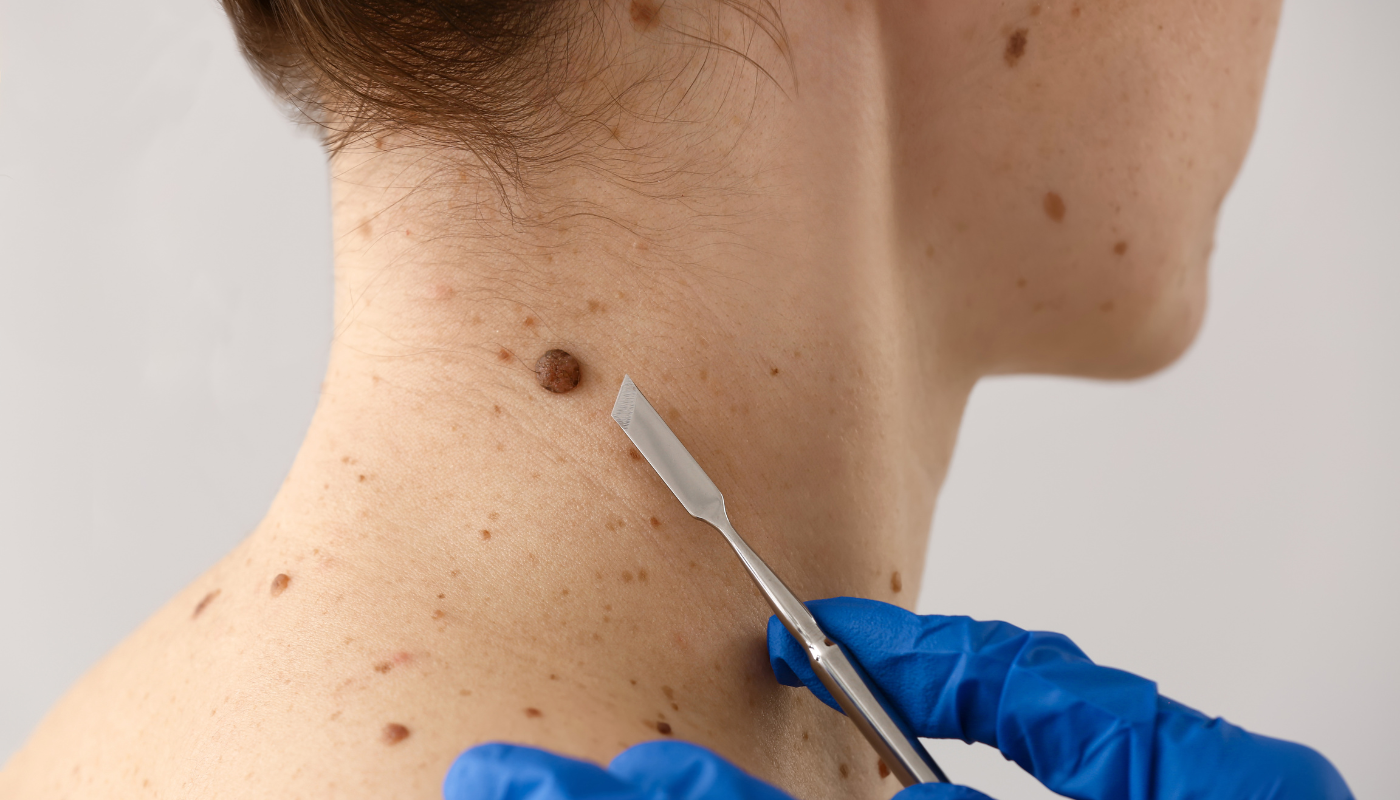The ABCDEs of Melanoma: Spotting the Signs
The ABCDEs of Melanoma: Spotting the Signs

Melanoma is a form of skin cancer that can be deadly if not detected early.
The good news is that recognising its early signs can be straightforward—if you know what to look for.
In Australia, around 18,000 new cases are expected this year, making it crucial to understand how to identify this potentially fatal disease.
In this article, we will delve into the ABCDEs of melanoma detection: Asymmetry, Border, Colour, Diameter, and Evolving.
These are key factors that could help you spot melanoma early and get the necessary medical intervention.
What is Melanoma?
A. Definition
Melanoma is a specific type of skin cancer that originates from melanocytes, the cells that produce the pigment melanin.
While skin cancer is common, melanoma is rarer but significantly more dangerous. Unlike other forms of skin cancer like basal cell and squamous cell carcinoma, melanoma has a higher tendency to spread to other parts of the body, making early detection crucial.
B. Statistics and Prevalence
This year in Australia, approximately 18,000 new cases of melanoma will be diagnosed. While it accounts for only about 1% of skin cancer cases, melanoma causes a large majority of skin cancer deaths.
So, who's most at risk?
Generally, people with lighter skin, eyes, and hair have a higher risk.
However, that doesn't mean those with darker complexions are immune.
Melanoma can affect anyone, regardless of skin type.
C. The Importance of Early Detection
The survival rates for melanoma dramatically improve with early detection.
For example, the 5-year survival rate for localised melanoma is 99%.
However, once it has spread to distant organs, the 5-year survival rate drops to just 27%.
This stark difference underscores why everyone should be vigilant about monitoring their skin.

The ABCDEs Explained
A. What Are the ABCDEs?
The ABCDEs of melanoma stand for Asymmetry, Border, Colour, Diameter, and Evolving. Each letter represents a characteristic to consider when examining moles or other skin growths.
By familiarising yourself with these five indicators, you'll be better equipped to recognise potential problems.
B. Asymmetry
A symmetrical mole is usually benign, meaning it's not cancerous.
On the other hand, an asymmetrical mole—where the two halves do not match—may be a sign of melanoma.
So, find a mirror and scrutinise your moles.
If you can draw a line through the middle and both sides look the same, you're usually in the clear.
However, if the two halves differ in shape or size, it's time to seek a professional opinion.
C. Border
A benign mole typically has smooth, even borders.
But the borders of an early melanoma may be uneven and scalloped.
Imagine the edges of a jigsaw puzzle or a country's irregular border on a map.
If your mole resembles this, it's a sign to consult your healthcare provider.
D. Colour
A normal mole is usually a single shade of brown.
A melanoma, however, may have multiple shades or even colours like blue, red, or white.
Keep an eye out for moles with a variety of colours or those that change colour over time, as this is a definite red flag.
E. Diameter
Moles that are benign tend to be smaller, generally under 6mm in diameter—roughly the size of a pencil eraser.
Larger moles don't automatically mean melanoma, but it is a cause for concern, especially if it's also displaying other warning signs.
F. Evolving
A mole that changes in size, shape, or colour over a period of time is considered evolving and should be evaluated by a healthcare professional.
Even slight changes could be significant, so keep a photographic record if needed to track any evolution
Other Warning Signs
While the ABCDEs are invaluable for early detection, other warning signs like itching, bleeding, or pain around a mole should not be ignored.
These symptoms could indicate an underlying problem and require immediate medical attention.
Prevention and Screening

A. Sun Safety
One of the most effective ways to prevent melanoma is by practicing sun safety.
Wearing SPF 50 or higher, avoiding the sun during peak hours, and wearing protective clothing can all contribute to your defense against melanoma.
Importantly, you should avoid the use of tanning beds, as they can increase your risk significantly.
B. Regular Screening
In addition to self-checks, it's crucial to have regular screenings by a healthcare professional, particularly if you have a family history of skin cancer or numerous moles. Many dermatologists recommend an annual skin check, but you may need more frequent examinations depending on your risk factors.
What to Do If You Spot the Signs
If you notice any of the ABCDE signs or other warning symptoms, consult a healthcare professional as soon as possible for a thorough examination.
Depending on the situation, a biopsy may be recommended.
Remember, early detection is the best way to improve your prognosis.

Arm Yourself with Knowledge
Melanoma is a formidable opponent, but early detection significantly improves your odds of winning the battle against this aggressive form of skin cancer.
Knowledge is your first line of defense, so take these guidelines to heart.
Monitor your skin regularly, follow
sun safety measures, and don’t hesitate to consult a healthcare provider if something seems amiss.
FAQ
Q1. Can melanoma appear suddenly?
A: Yes, melanoma can appear suddenly or develop from existing moles. It's important to regularly check your skin for any new growths or changes in existing moles.
Q2. Are all dark spots melanoma?
A: No, not all dark spots are melanoma. However, if you notice a dark spot displaying any of the ABCDE characteristics, it's important to consult a healthcare professional for a proper diagnosis.
Q3. Can young people get melanoma?
A: While melanoma is more common in older adults, it can also occur in younger people. Anyone, at any age, can develop melanoma.
Q4. Is melanoma only caused by sun exposure?
A: While excessive sun exposure is a leading cause, melanoma can also develop on areas of the skin not regularly exposed to the sun. Genetics and other environmental factors can also contribute.
Q5. Can melanoma be cured?
A: When detected early, melanoma is highly treatable, and the 5-year survival rate for localised melanoma is 99%. However, once it has spread, treatment becomes more complex and the survival rate drops significantly.
Being well-informed can make all the difference in the early detection of melanoma.
Share this knowledge with your friends and family—it could save a life.
More Skin Tips.
CoreBodi










| Powered by Kaptol Media



